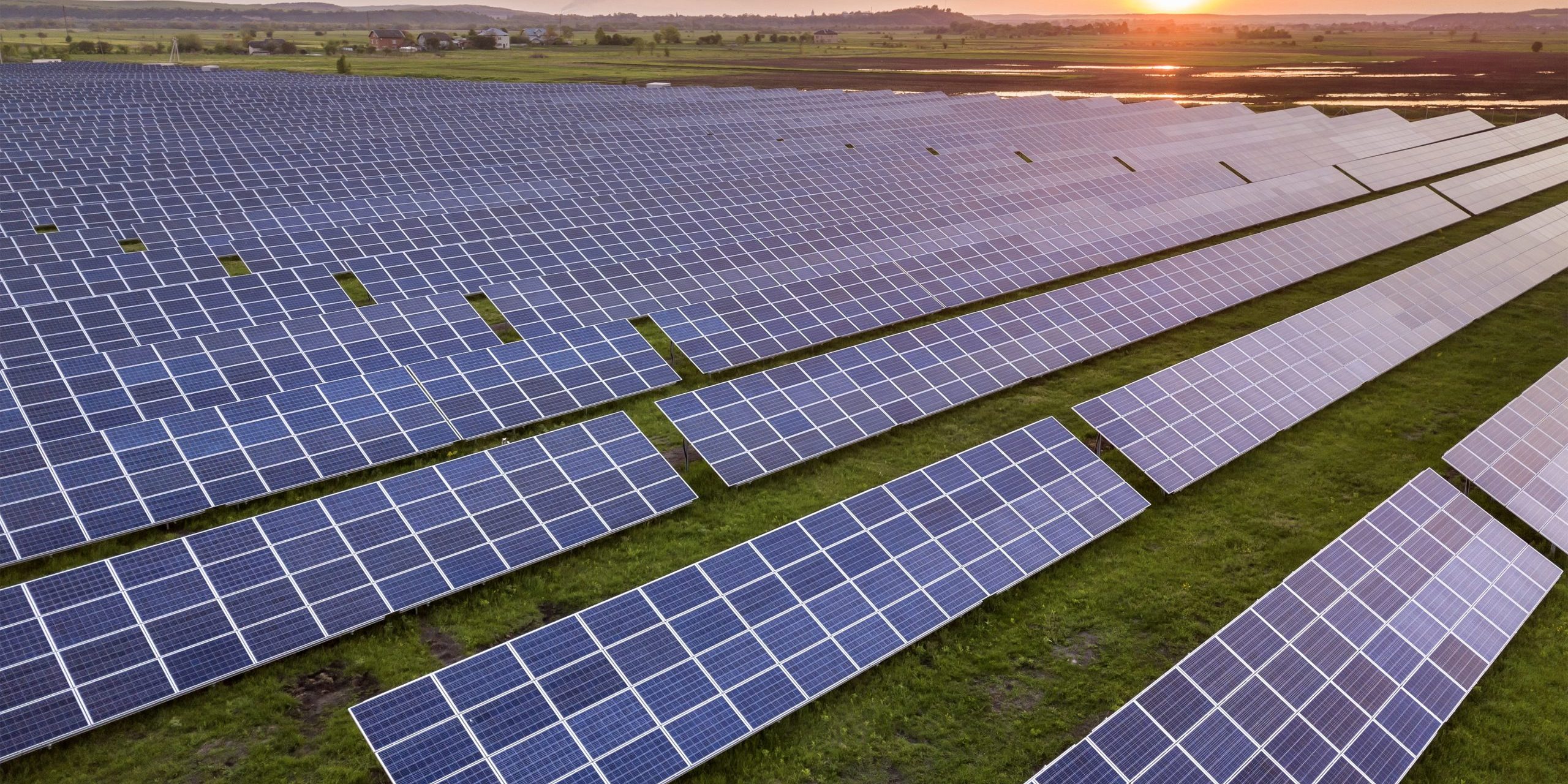The UK’s greenhouse gas emissions have already fallen by more than 50% compared with emissions in 1990.
This figure only includes emissions generated within the UK, in line with UN reporting standards, and not emissions from products manufactured abroad and imported.
Successive UK governments have pledged to reach net zero by 2050 and the target was written into law in 2019.
To help achieve this, the current government has committed to:
However, the government’s independent adviser, the Climate Change Committee (CCC), has warned that the UK is currently off track for net zero by 2050, despite some encouraging recent progress.
Where do UK parties stand on net zero?
When Theresa May signed the UK’s 2050 net zero target into law in 2019, it passed through parliament with the support of all the major parties.
But the political consensus has since fragmented. The term «net zero» is often used by critics to attack environmental targets, which they claim are being put ahead of economic goals.
The Labour government is still committed to the 2050 goal.
But the Conservatives would scrap the 2050 date, though say they are still committed to net zero. Meanwhile Reform UK wants to abolish the push for net zero entirely.
These two parties say that current plans are too costly and unachievable.
They argue that, in isolation, the UK’s efforts make little difference to climate change and that UK emissions are much smaller than countries like China and the US.
By contrast, the Liberal Democrats and Green Party want faster climate action. The Lib Dems want net zero by 2045 while the Greens want it as soon as possible and «more than a decade» before 2050.
Both parties argue that as a relatively rich nation the UK has a responsibility to take the lead, pointing to the increasing severity of many weather extremes around the world.
And like Labour, they say it’s in the UK’s economic interest to wean itself off fossil fuels, which can be volatile in price.
The SNP has targeted net zero by 2045 for Scotland. Plaid Cymru wants to accelerate the transition to net zero in Wales, but has not committed to a specific date.
What will net zero cost the UK?
There is no single path to net zero either for the world as a whole or for an individual country; different policies and technologies bring different costs and benefits.
That means there is no fixed price.
But the CCC estimates a net cost equivalent of about 0.2% of UK GDP per year between now and 2050, based on its suggested path.
This would require tens of billions of pounds a year in upfront investment by the end of the 2020s. Most of this is expected to come from the private sector, not direct government spending, the CCC says.
It calculates that the savings from moving away from fossil fuels to cleaner, more efficient technologies should outweigh costs by the early 2040s.
Multiple studies have found that, globally, the economic cost of tackling climate change is much smaller than letting warming continue unchecked, which would result in widespread and increasing climate hazards.
Like any transition, however, the costs and benefits can be unequally felt. For example, while there is huge potential for new clean energy jobs, those employed in the oil and gas industry are likely to be negatively affected.
What have other countries promised?
China – currently the biggest producer of CO2 worldwide – is aiming for «carbon neutrality» by 2060. Its plans to cut emissions are not fully developed, but its electric vehicle sales and renewable energy sector have been growing rapidly.
The US has historically been the biggest CO2 emitter, and still emits more than China per head. It had pledged to reach net zero by 2050 – but Donald Trump has effectively scrapped that and is rolling back clean energy initiatives.
The EU has a 2050 net zero target and has made sizeable cuts to emissions. Germany, its largest economy, is aiming for 2045.
Russia and India are also big emitters. They have pledged to reach net zero by 2060 and 2070 respectively.
Overall, about 140 countries have net zero targets. That covers more than three-quarters of global emissions and more than 80% of the world’s population, excluding the US.
Source: BBC








